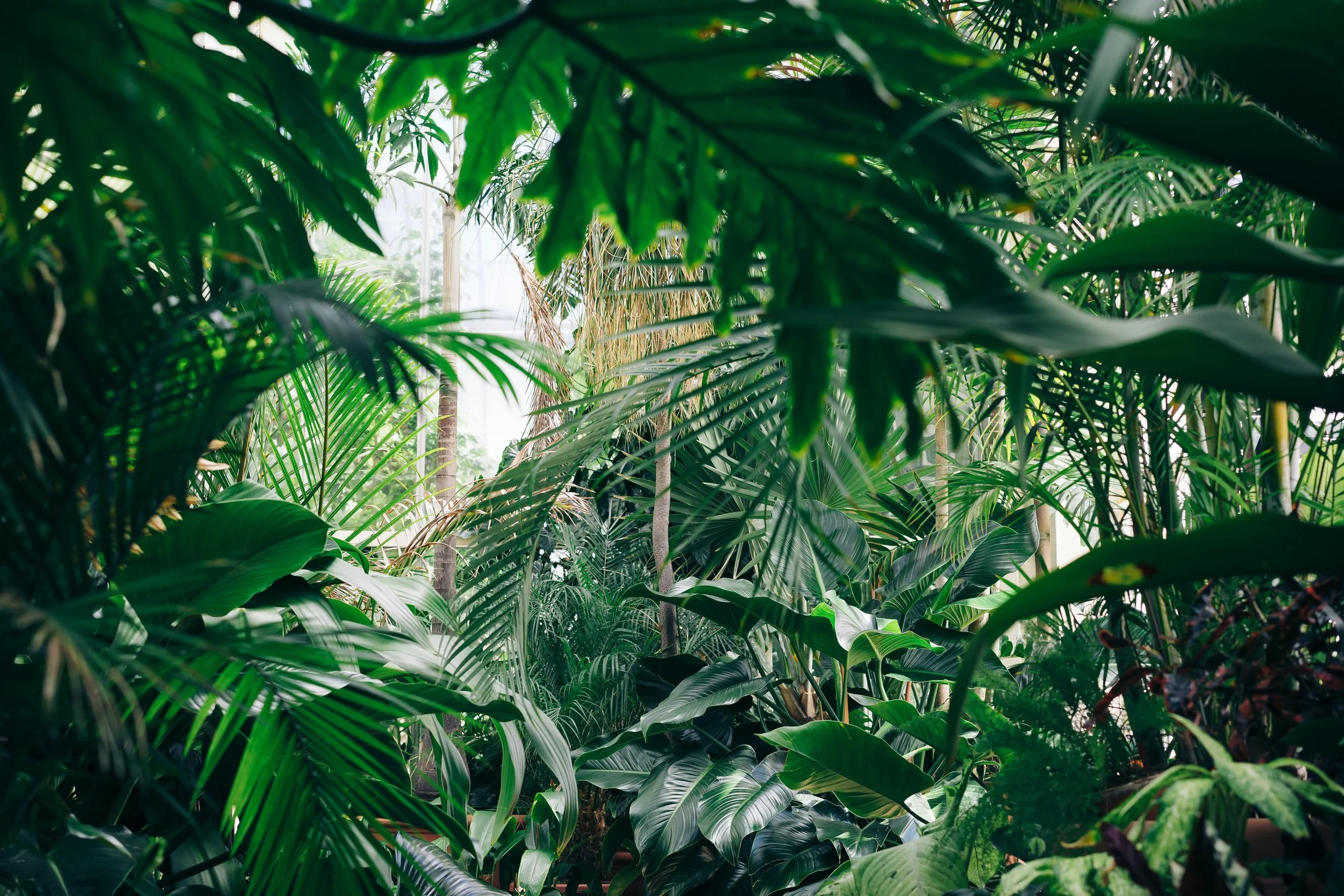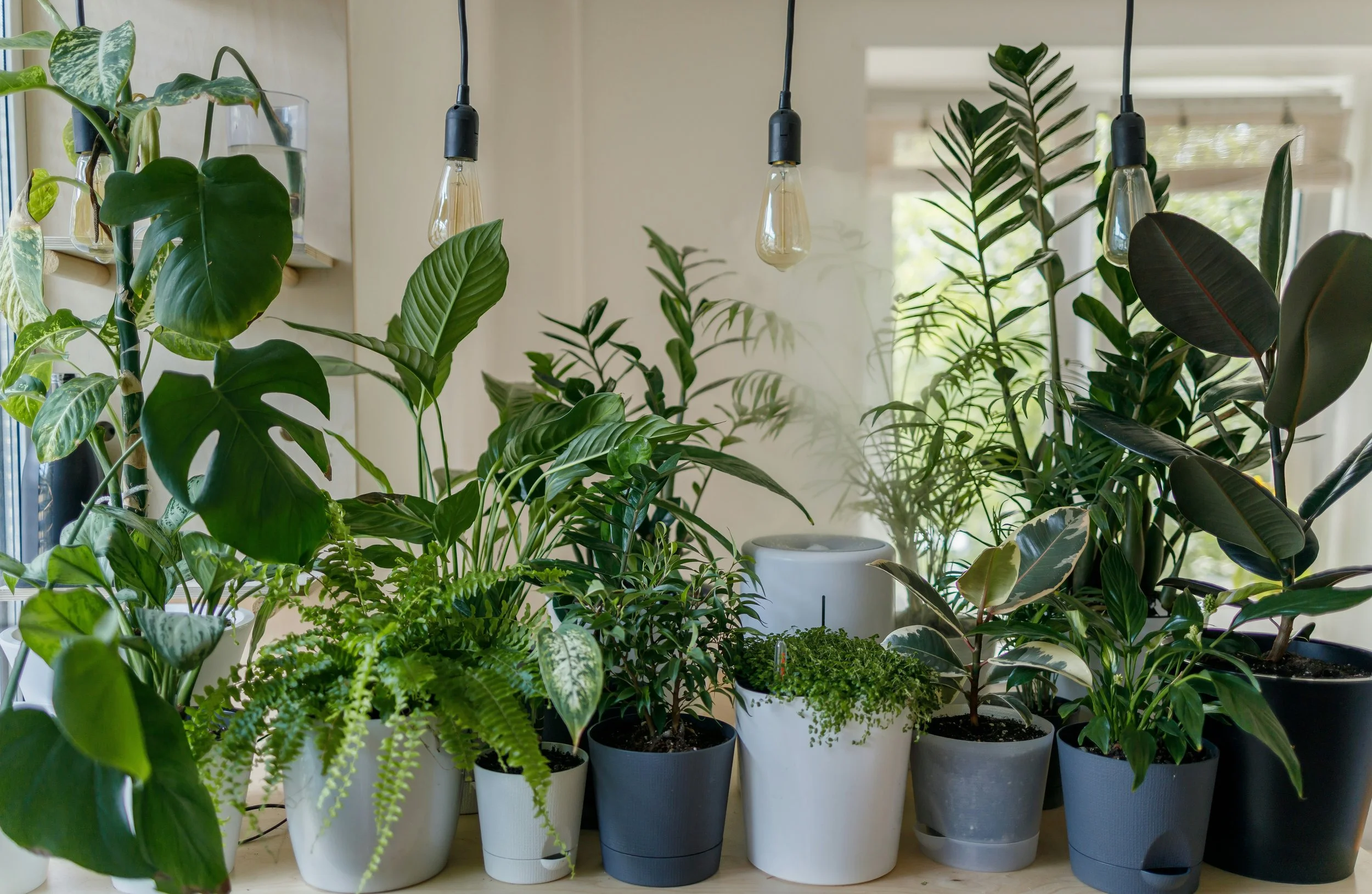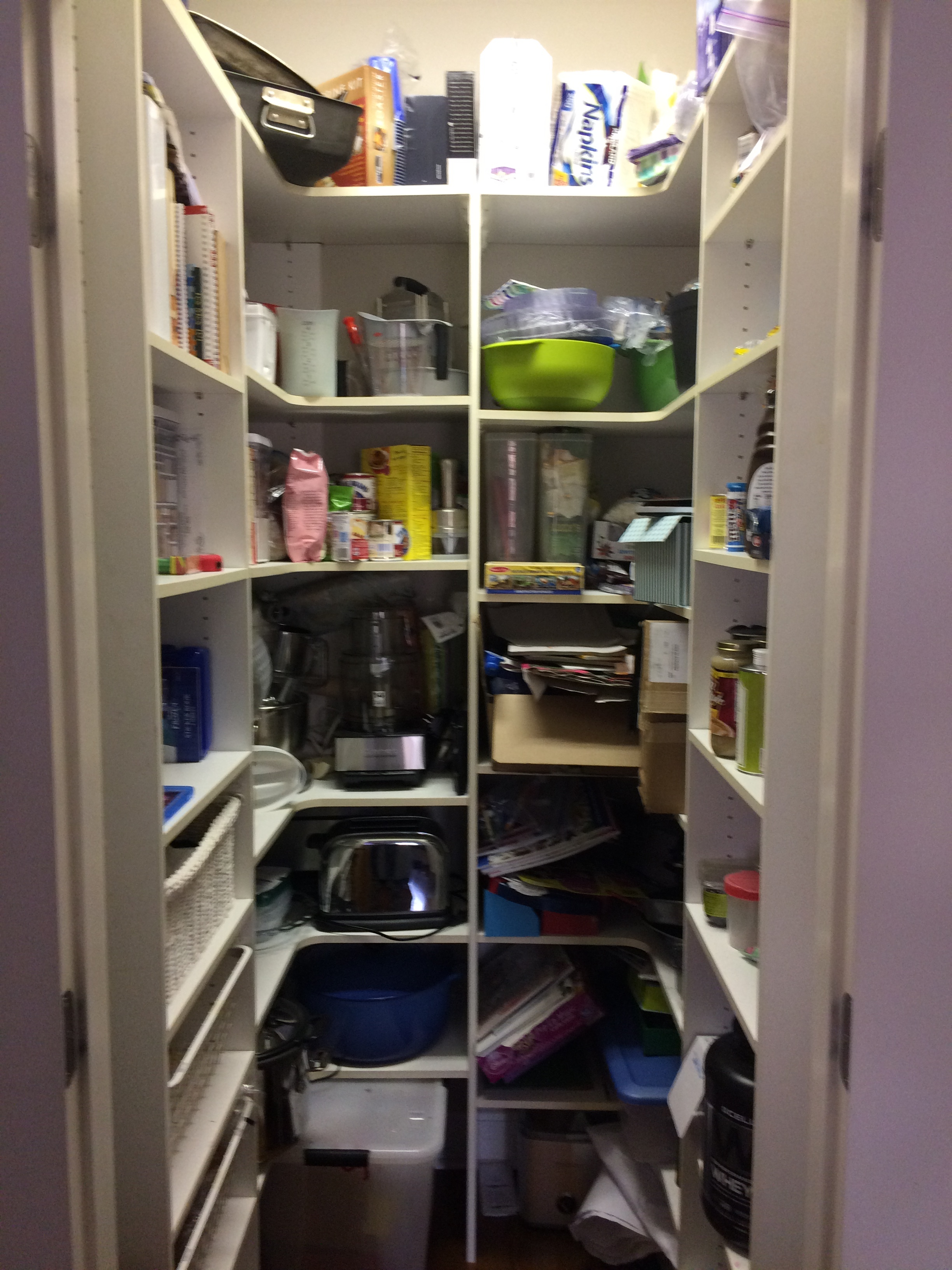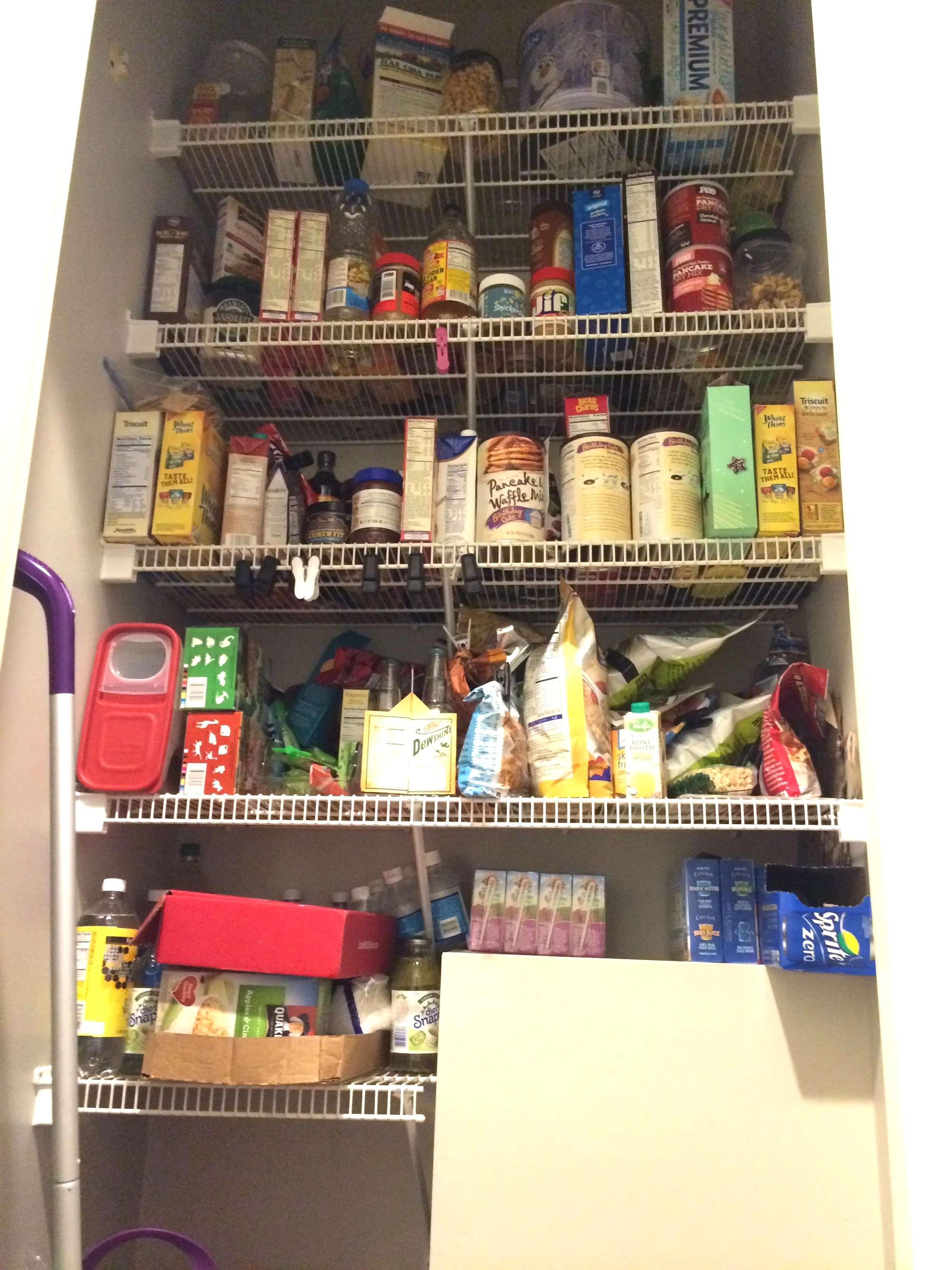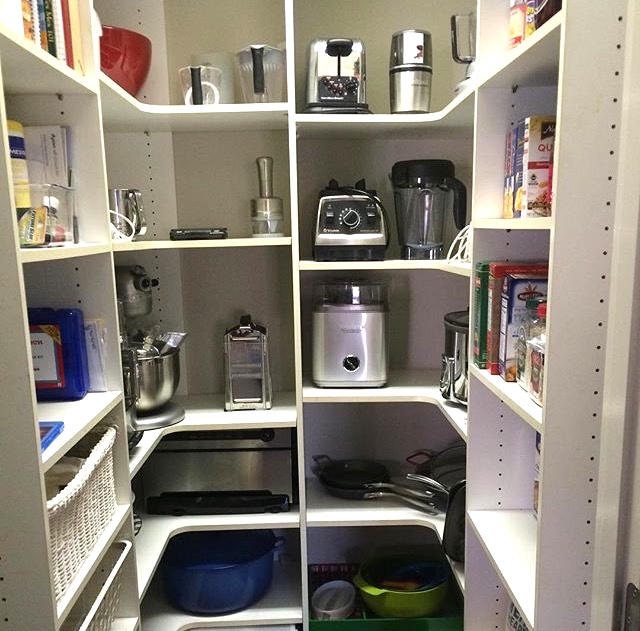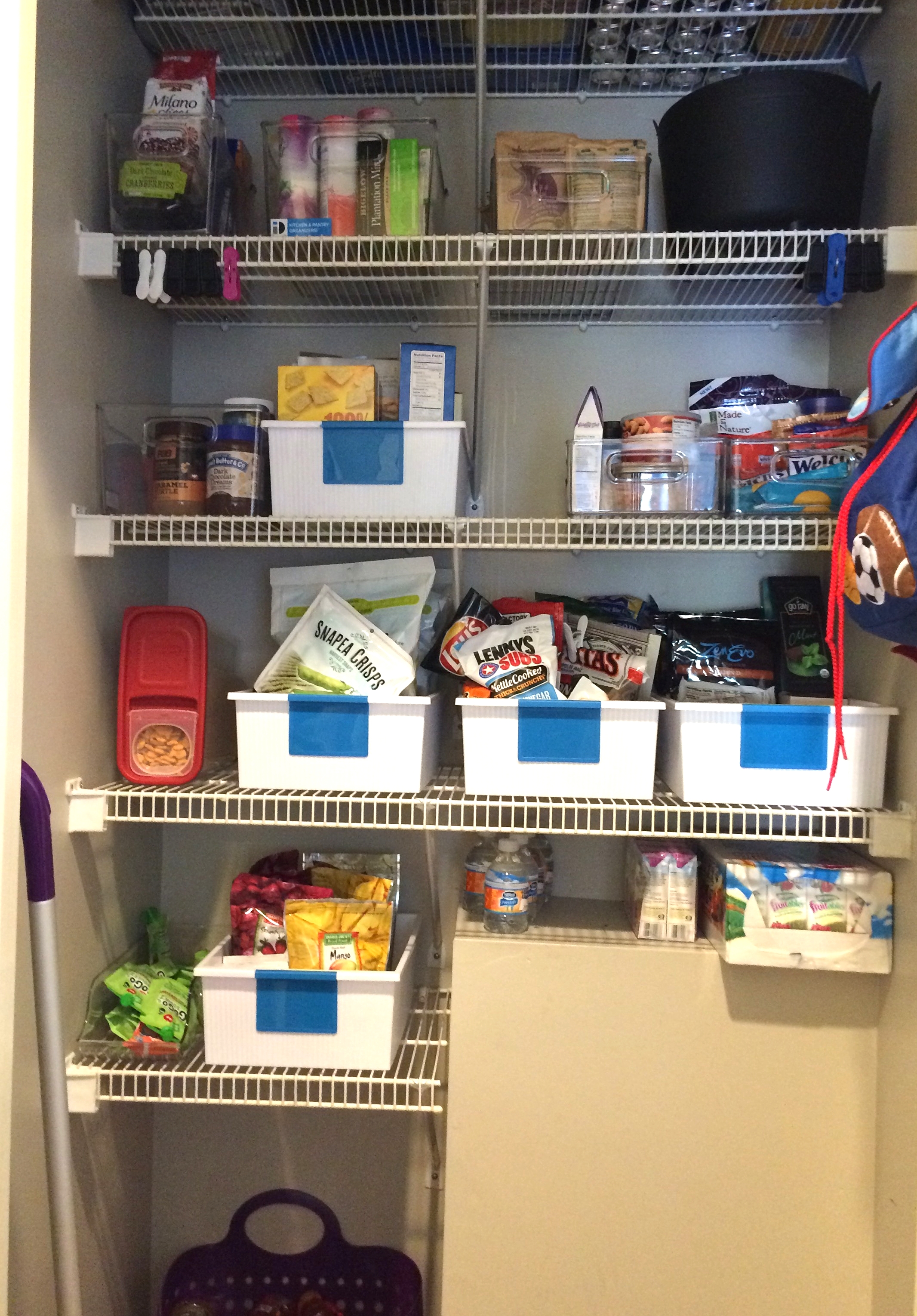Relocating your family to a new home is already a big task, so bringing your cherished plants along can seem overwhelming! Managing the logistics of moving is challenging enough, and if you’re a plant lover like me the thought of safely transporting your beloved companions adds yet another layer of complexity. But don’t worry, you won’t have to leave your plants behind! Help You Dwell has put together a few of our essential tips to ensure your plants make the move safely and thrive in their new home.
First and foremost, if you're moving to a different state, it's essential to familiarize yourself with the local laws and regulations, particularly if you're transporting outdoor plants or trees. This is especially important because outdoor plants and trees can carry pests and diseases that might not be present in your new state. Different states have specific regulations to prevent the spread of these potential threats to their local ecosystems. Ensuring compliance with these regulations not only helps protect your new environment but also ensures that you avoid any legal complications or fines associated with non-compliance. Checking these rules in advance will make your move smoother and more stress-free!
The National Plant Board provides a comprehensive list of each state’s most recent regulations for you to review. Ensuring compliance with your new state's regulations can help prevent any issues during the move.
Most indoor plants are generally okay as long as you have re-potted them in fresh, sterile soil. This is also an excellent time to inspect your plants to prevent the spread of insects, diseases, and other pests into your new state.
Now is an ideal time to give your plants some extra care before relocating them. Pruning is highly recommended as it helps maintain their health and vitality. The Home Depot provides an excellent and comprehensive guide on how to prune all different types of plants. Take the time to remove any dead leaves, weeds, and pests to ensure your plants are in top condition for the move.
As moving day approaches, gradually increase the amount of water you give your plants. Be careful not to overwater them, but a bit of extra moisture will help them stay hydrated during the transition.
Moving homes is no easy task, and you're already going to be doing some heavy lifting, so why not make it easier on yourself? Help You Dwell always recommends packing your heavy pots and transplanting your plants into plastic containers that are easier to move. This is also the ideal time to replace old soil with fresh, sterile soil.
Travelling by car?
Avoid placing your plants in the trunk, as it restricts airflow and the constant movement can damage them. Instead, load your plants into the car last, ensuring they can be tended to first when you arrive at your new home. Bring along tools like a misting spray to keep them hydrated. If you have to stay overnight at a hotel, make sure to bring your plants inside with you; leaving them in the car can expose them to extreme temperatures, which could be fatal.
Good news! TSA guidelines allow you to bring plants as either carry-on or checked items, provided they fit under the seat or in the overhead bin. Just remember that your plants will need to go through the X-ray machine on the conveyor belt before making it onto the plane.
As soon as you arrive at your new home, make sure to prioritize your plants and give them immediate attention. Start by carefully unpacking them and placing them in a suitable spot with the right amount of light and temperature. Next, inspect each plant thoroughly for any signs of damage, such as broken stems or crushed leaves, and remove any dead or damaged parts that may have been affected during the move.
It's common for plants to experience stress in a new environment, so don't be alarmed if you see some wilting or drooping. This reaction is normal and signals that your plants need some extra care while they acclimate to their new home. Ensure they are well-watered, but be careful not to overwater them.
Additionally, consider giving them a light misting to help them retain moisture. Keep an eye on their progress over the next few days and continue to provide them with the care they need to thrive. With a little patience and attention, your plants will adjust to their new surroundings and continue to bring life and beauty to your home.
The fun part comes next: Figure out where you want to place your plants, so your new home reflects your personality.
If you are replacing or adding to your plants in your new home, check out your state’s native plants! In beautiful East Tennessee there are plenty to choose from, including Tennessee Coneflowers, Black-Eyed Susans, and of course the Flowering Dogwood. Check out a comprehensive list here!
Settling into your new home often means redecorating and possibly adding some new greenery, both indoors and in your yard. This transition is the perfect opportunity to visit local nurseries and expand your plant and garden family. Not only can you find plants that will thrive in your new environment, but you can also gain inspiration and advice from local experts.
One of our favorite local spots is Stanley’s Greenhouse. They offer an expansive selection of plants, from vibrant indoor foliage to hardy outdoor varieties. Whether you're looking for low-maintenance houseplants, colorful flowers for your garden, or unique plant vessels to match your new décor, Stanley’s Greenhouse has it all. Their knowledgeable staff can help you choose the right plants for your home and provide tips on how to care for them. So, take this opportunity to explore Stanley’s Greenhouse and add some fresh, beautiful greenery to your new home!
Ready to make your move with confidence and keep your beloved plants thriving?
Let Help You Dwell assist you every step of the way, contact us today for expert tips and personalized moving support!


